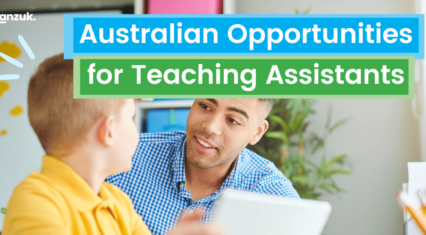Search
Get Started
Have you ever felt concerned about a child’s behaviour, who you know has experience trauma in their life but don’t know how to help them? Then this article is the perfect resource for you. According to the Australian Bureau of Statistics (ABS) 40% of Australian students have been exposed or witnessed traumatic stressors in their lives. Therefore, at least one student in each classroom has been subjected to trauma and it is becoming increasingly important to address this issue to have a healthy classroom environment. This article explains five ways to address trauma in the classroom.
- Understand that traumatised children are not trying to push your buttons – It is common to feel students are trying to push your buttons, but it is important to understand the context of the situation. Rather than taking their actions personally, identify their actions and communicate with them, with the intention of finding solutions that will help focus their attention back towards learning. Ensure to have boundaries with the child and remind them that they are in the classroom to learn and grow as a student.
- Create predictable situations in the classroom – Most often students with trauma experience disturbing unpredictable situations at home. For example – a child’s once loving and happy father comes home drunk and engages in violent behaviour which makes them anxious about “what’s going to happen next”. Therefore, they come to the classroom seeking routine and predictability. When you are conducting an activity in the classroom, ensure to let them know the next steps so they don’t feel lost, anxious, or confused.
- Building positive relationships – Trauma-affected students generally face a lot of challenges navigating relationships at home due to their care-giver’s emotional sufferings or the inability to rely on them for their needs. Therefore, the classroom is the only place where such students learn what a healthy and supportive relationship looks like. Therefore, it is important for the teacher to build trust to make students feel safe and always supported. Trust can be built through simple teaching practices such as smiling, sharing parts of your life with your students, getting to know your students as individuals, and using yourself as a role model of a reliable and regulated adult.
- Building Resilience – Teachers can play an important role in students’ ability to gain a better understanding of their situation and counteract the negative messages of shame they often internalise. Teachers can help such students build resilience by changing negative self-talk into optimism and constructive thinking. Such practices can include noticing the things the student is doing well and praising them for it which can build their self-worth and help in building their confidence.
- Take care of yourself – When a teacher is not in a good mental state it is easy for them to get triggered by the smallest misbehaviour by a student in the classroom. So, it is extremely important for teachers to self-care and ensure they are coming into the classroom with a positive mindset and an intention to take care of the students’ learning needs. Here is a blog you can refer if you’d like to know a few self-care tips
Check out our blog on Self-Care Practices here







